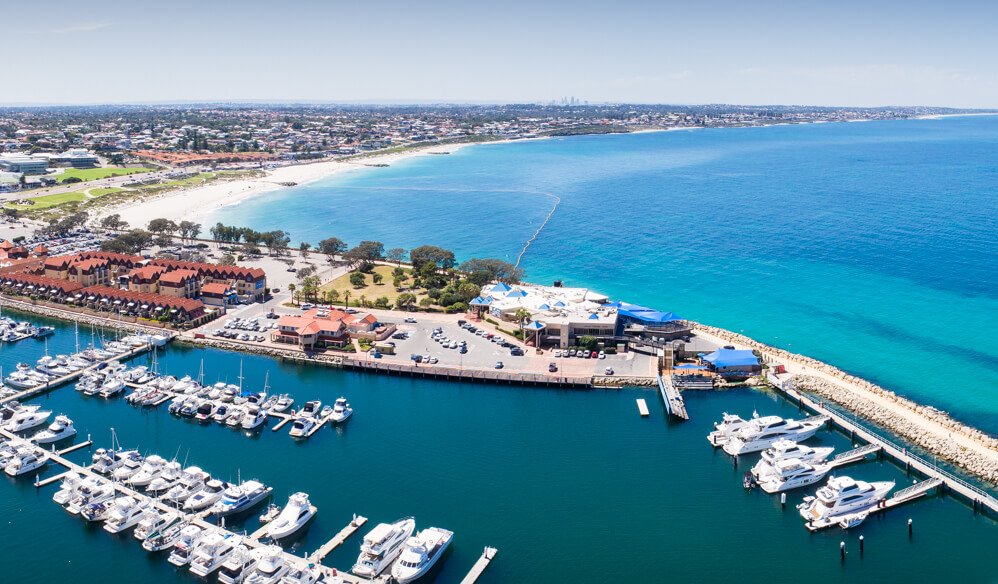The Role of Australian Clownfish in Coral Reef Preservation
Coral reefs are amongst the most diverse and valuable ecosystems on our planet. They provide substantial resources and environmental services, including coastal protection, and habitats for marine life, and are vital in supporting global biodiversity. Australian clownfish, often popularised by their depersonified portrayal in media, play a significant role in the health and stability of these coral ecosystems. This article explores the integral connection between Australian clownfish and coral reef preservation, outlining the contributions, threats, and ongoing conservation efforts required to maintain this delicate balance.

Understanding Australian Clownfish
Australian clownfish https://www.aqwa.com.au/aqwa-articles/aqwa-facts-the-clownfish/, or Amphiprion percula, commonly known as the "Orange Clownfish", thrives in the warm waters of the Pacific Ocean, particularly around the Great Barrier Reef. These fish are easily recognisable by their vivid orange colour with white bands and black margins around the bands. What might not be as widely known is their unique symbiotic relationship with sea anemones, which is central to their survival. The clownfish find shelter from predators in the anemone’s tentacles, which are typically venomous and lethal to other marine creatures. In return, clownfish help the anemones by cleaning them and improving water circulation around them.
Furthermore, the breeding behaviour of clownfish is fascinating and unique as they are known to lay their eggs near the base of the sea anemones they inhabit, ensuring a protected environment for their offspring. This close living arrangement benefits not just the clownfish and the anemones but also the coral reefs themselves, as healthier anemones contribute to a balanced ecosystem that is less susceptible to diseases and bleaching.
Connecting Clownfish and Coral Reefs
The role of clownfish extends beyond their symbiotic relationship with sea anemones, directly influencing the broader coral reef ecosystems. The fecal matter of clownfish provides essential nutrients that are crucial for the growth of coral reefs. Nitrogen, phosphorus, and other key nutrients contained in their waste help in nourishing the coral, which contributes to their growth and resilience. Moreover, their activity around the reef helps in the circulation of water, which is vital for the distribution of these nutrients.
Clownfish also play a role in algae management on reefs. By feeding on certain types of algae that can overgrow on coral, clownfish contribute to maintaining a balance that prevents these algae from suffocating the corals. This not only aids in keeping the corals healthy but also ensures that the reefs continue to provide critical habitat for other marine species.
Threats Facing Clownfish and Coral Reefs
Despite their resilience and adaptability, Australian clownfish and their habitats face several threats. Climate change remains the most significant global threat to coral reefs. The rising sea temperatures lead to coral bleaching, a phenomenon that causes corals to expel the symbiotic algae living in their tissues and turn completely white, often leading to coral mortality. This has a direct impact on clownfish as it disrupts their natural habitat and reduces their food sources.
Pollution and overfishing are other critical threats. Pesticides and other chemicals can accumulate in coral tissues, poisoning the delicate coral polyps and the marine life that depends on them. Overfishing not only affects the balance of the ecosystem but also reduces genetic diversity within clownfish populations. Unsustainable fishing practices, such as the use of cyanide to capture live aquarium fish, including clownfish, further exacerbate this issue.
The Impact of Clownfish Decline on Coral Reefs
The decline in clownfish populations can have cascading effects on coral reef health. As key contributors to the nutrient cycles of coral reefs, a decrease in their numbers might lead to insufficient nutrients for the corals, which can hinder their growth and ability to recover from other stresses. Furthermore, the reduction in clownfish populations can lead to overgrowth of algae, as fewer clownfish are available to manage these populations through their feeding habits.
Moreover, the loss of clownfish, emblematic ambassadors of coral reefs, significantly hampers conservation awareness and efforts. Their appeal to the public is often used in campaigns promoting reef conservation. A decline in their populations may lead to diminished public interest and funding for coral reef protection and research.

Conservation Efforts for Australian Clownfish and Coral Reefs
Conservation efforts for Australian clownfish and coral reefs are multifaceted, involving community involvement, research, and policy-making. Marine protected areas (MPAs) play a critical role in providing safe havens where both clownfish and coral reefs can thrive away from human-induced pressures. These areas help in preserving the genetic diversity of clownfish populations and provide sanctuaries where coral reefs can regenerate.
Research into coral and clownfish resilience provides another avenue for conservation. Understanding the specific conditions and factors that affect their health and survival can lead to better management and conservation strategies. For example, initiatives like selective breeding programs for more resilient coral species that can withstand warmer temperatures and more acidic ocean conditions are being explored.
How Individuals Can Help
Individual actions can also contribute significantly to the preservation of clownfish and coral reefs. Reducing carbon footprints can help mitigate climate change, indirectly benefiting coral reef ecosystems. Additionally, practicing responsible snorkelling and diving, avoiding physical contact with reefs, and not supporting unsustainable fish and coral trade practices are direct ways in which individuals can contribute.
Public education and awareness campaigns can effectively change the way society interacts with marine environments. By understanding the ecological roles of species like the Australian clownfish, individuals are more likely to support and engage in conservation efforts.
Conclusion
The conservation of Australian clownfish and coral reefs is not just about preserving the beauty of marine environments but ensuring the sustainability of global biodiversity and marine health. The interdependence between clownfish and coral reefs illustrates the complex interactions and balance required to maintain these ecosystems. Through concerted conservation efforts, research, and individual actions, there is hope for sustaining these vibrant ecosystems for future generations.
